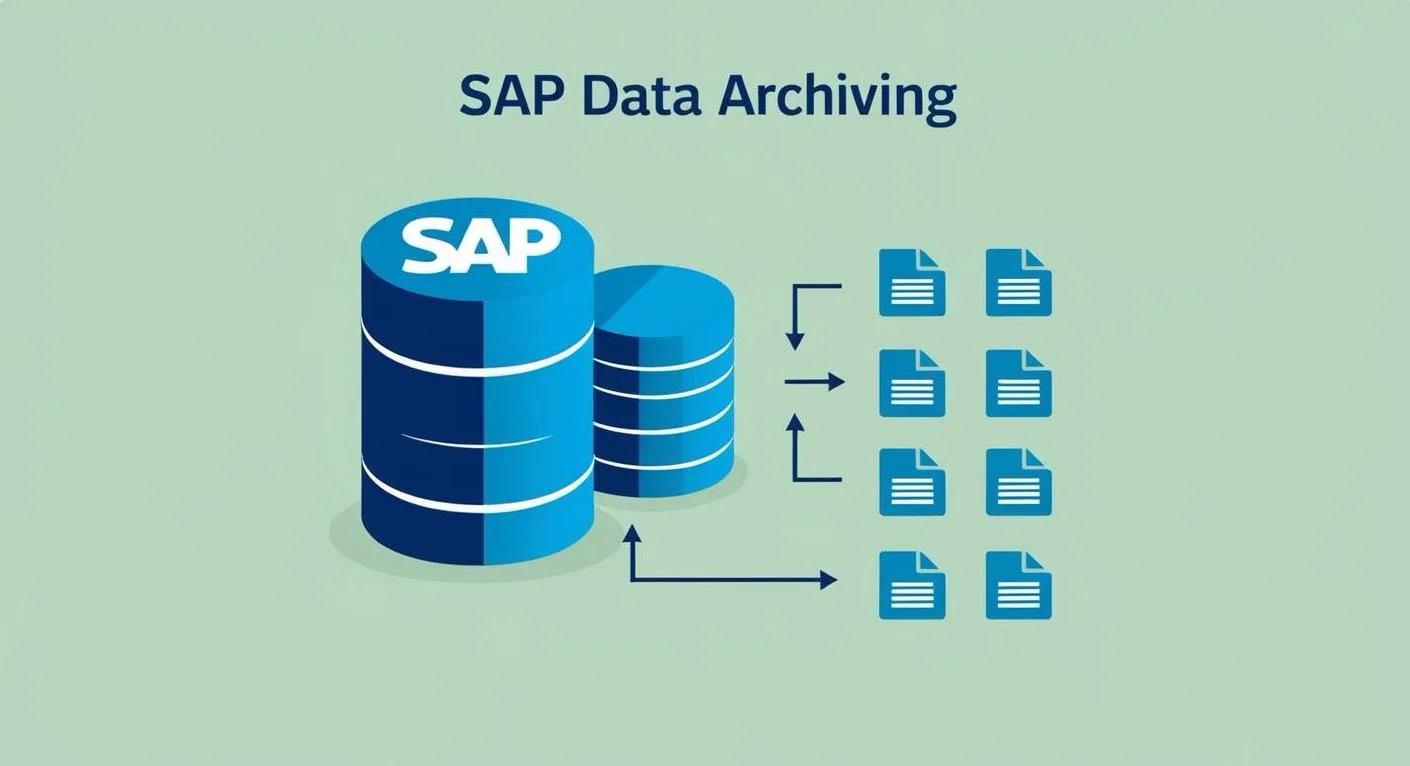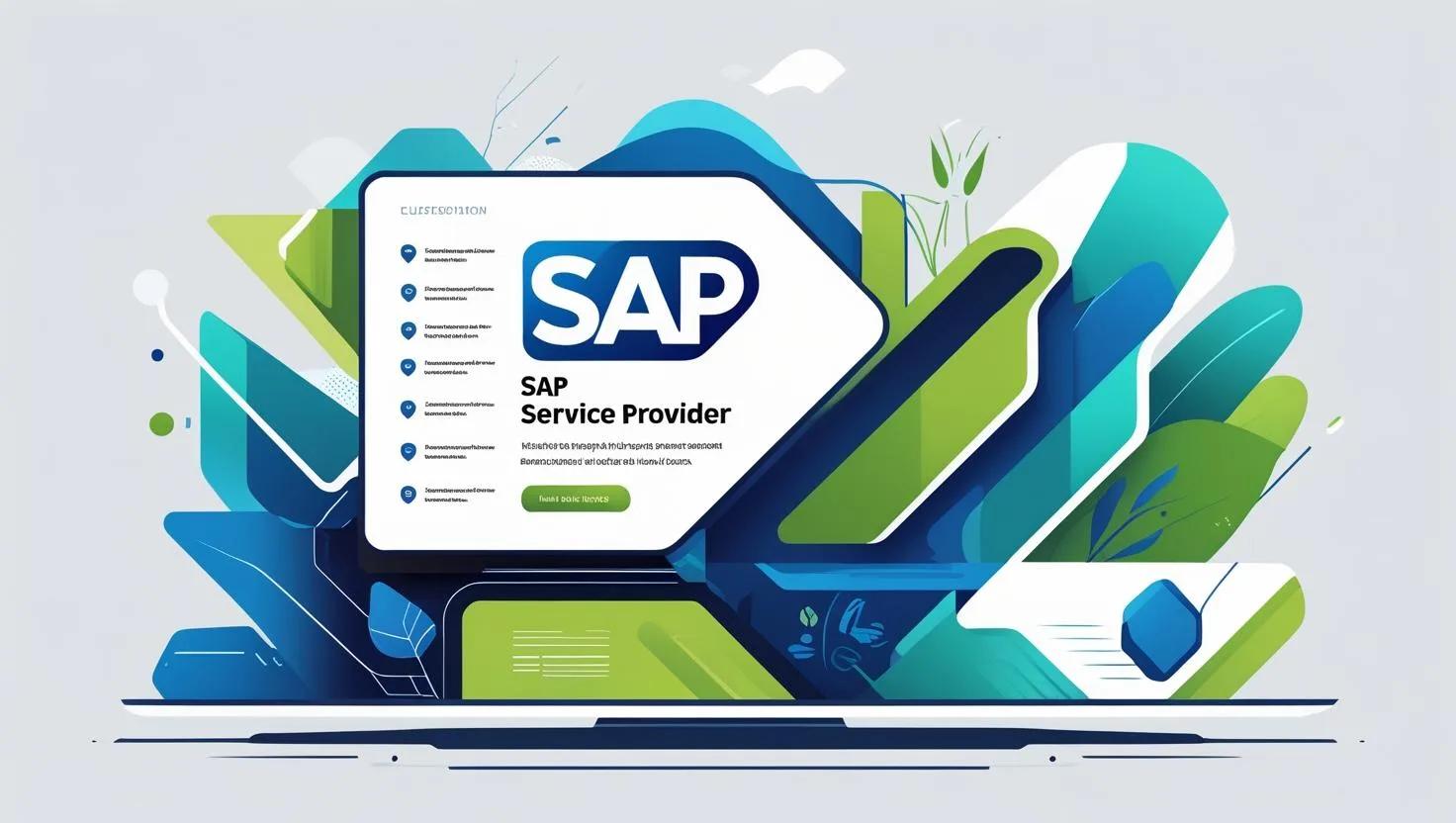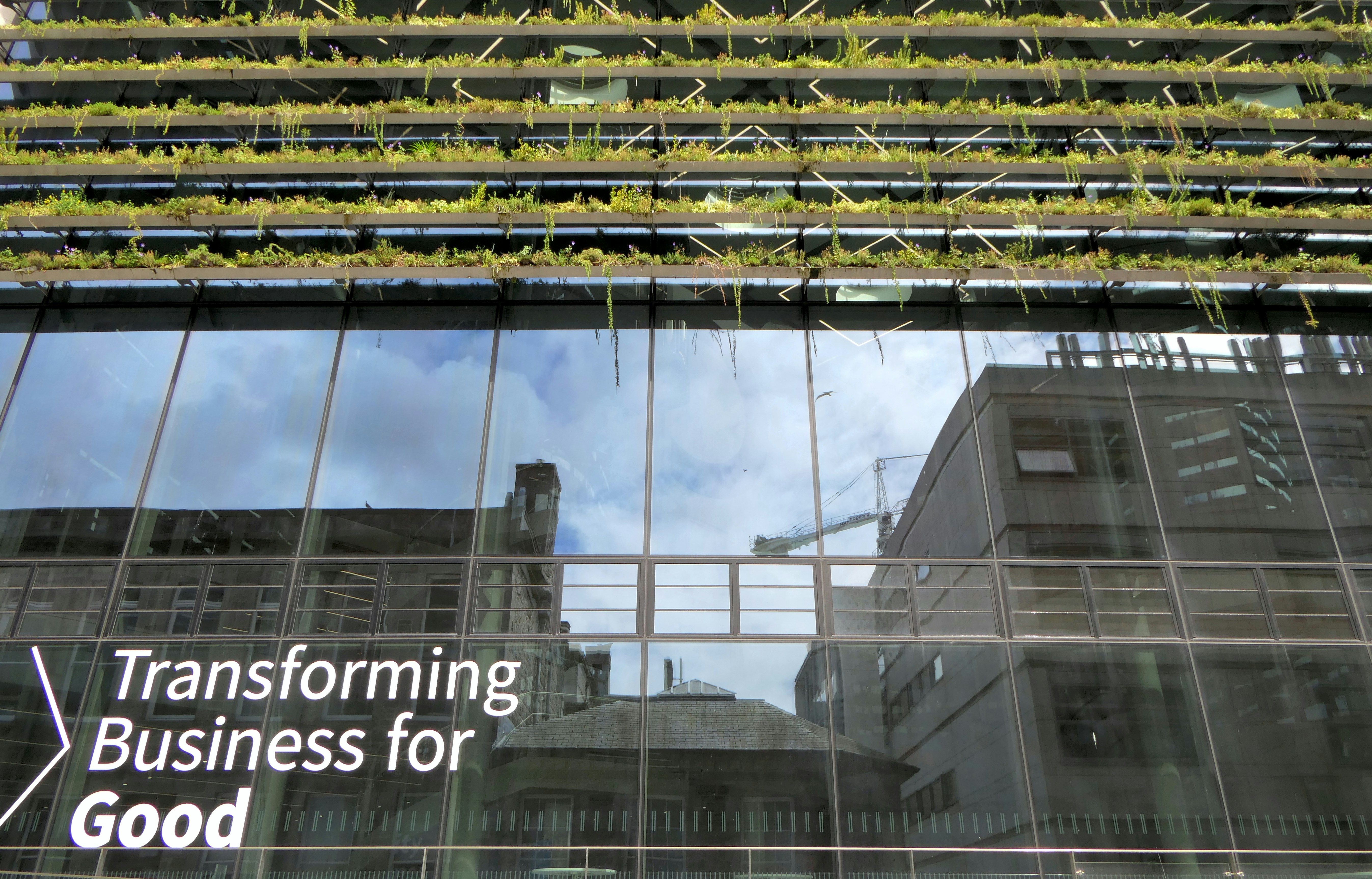SAP Data Archiving for S/4HANA Migration Readiness: Why it Matters?
Moving to SAP S/4HANA is a significant undertaking for any organization. While the focus is often on the technical migration and new functionalities, the volume and management of your existing data play a critical role in the success and efficiency of this transition. Data archiving and Information Lifecycle Management (ILM) are presented as essential components for companies preparing for, or already on, S/4HANA. These practices help rationalize the data environment and implement best practices to control data growth over time1. This is relevant not only for those committed to S/4HANA but also for companies still evaluating their future ERP strategy.
Key Challenges Addressed by Data Management
Organizations face several challenges related to data that archiving and ILM can help overcome:
- Significant Data Volume Growth: High transaction businesses like retail, manufacturing, and telecoms generate huge amounts of transactional data, leading to rapid data growth5…. Without a strategy, data volume can quickly get out of control.
- Rising Storage Costs: The cost of storing large data volumes, particularly in high-performance databases like HANA, grows rapidly without proper control. This is often the primary driver for companies to implement archiving for the first time.
- System Performance Issues: Large data volumes, especially in older systems, can lead to slower system performance. Less data improves system performance.
- Extended Migration, Backup, and Restore Times: More data directly translates to longer times needed for system migrations, backups, and restores. Controlling data growth reduces these times significantly.
- Compliance and Regulatory Requirements: Regulations like GDPR impose strict rules for personal data, including deletion requirements. Companies must also manage data retention based on industry and country-specific regulations. Managing potentially conflicting regulations (like GDPR’s right to be forgotten vs. data retention for research) is crucial.
- Complex System Landscapes: Multi-site, multi-country organizations, often grown through acquisition, can have complex system landscapes with inherited systems.
- Legacy Systems: Older, unsupported, or outdated systems add complexity and cost. These systems often contain historical data that must be retained for compliance, but maintaining the systems themselves is expensive.
Solutions: Archiving, ILM, and Decommissioning
- An effective data management strategy involves several integrated components:
- Data Archiving: This involves moving data from the live SAP database after a defined “residence period”. While it reduces the size of the live system, the data remains available for display from an SAP system, either live or archived. Archiving can be seen as a standalone project, but its full benefit comes when part of an ongoing strategy.
- Information Lifecycle Management (ILM): ILM goes beyond archiving by controlling the growth of data over time. It involves applying deletion rules to records to comply with regulations like GDPR. ILM rules dictate the “retention period,” which is the total time data is available before final destruction. This destruction can be driven by regulatory requirements or determined as a sensible period after data is no longer needed for audit or legal purposes. Automating ILM processes is key to ensure compliance and avoid human error.
- Legacy System Decommissioning: This involves retiring systems that no longer contain current or active business data. While the application is removed, 100% of the data is extracted and stored in a secure repository. This is an important part of an overall data management strategy because retaining old systems is expensive due to licensing, support, administration, and integration costs. Decommissioning can be easier to implement than ILM and can reduce overall data management project costs, especially for inherited systems before an ERP move like S/4HANA.
Benefits of an Integrated Data Management Strategy
Implementing a comprehensive data archiving and ILM strategy offers numerous benefits:
- Significant Cost Savings: Reducing the volume of data stored on expensive primary storage (like HANA memory) leads to direct savings. Decommissioning legacy systems further reduces costs associated with software, support, and administration.
- Improved System Performance: Less data means the live system runs faster and more efficiently.
- Reduced Technical Downtime: Shorter migration, backup, and restore times minimize system downtime.
- Enhanced Compliance: Automating retention and deletion policies ensures compliance with regulations like GDPR and other global privacy laws. It helps avoid potential fines and penalties.
- Simplified S/4HANA Migration: Migrating a smaller, cleaner data set is faster, less risky, and less complex.
- Better Resource Utilization: Reduced data complexity and automated processes free up IT support teams who were previously spending significant hours on manual tasks.
- Increased Productivity and Innovation: Retiring old technology and streamlining the data landscape removes barriers to digital transformation and improves overall business efficiency.
- Sustainability: Reducing the server landscape by managing data can contribute to energy savings and sustainability targets.
Case Study Highlight: CarrefourSA
The CarrefourSA case study illustrates the real-world impact of data management. BT faced significant challenges: looming GDPR regulations, large data growth (near 15 terabytes in ECC), performance issues on legacy SAP ASE systems, and constraints on storage and processing power due to an outdated platform and a data center closure. CarrefourSA is planning to move to SAP Suite on HANA within a single weekend.
Wisen Consulting performed an expertise analysis, identifying largest tables for archiving (“quick wins”) and objects containing personal data for GDPR compliance. Automating technical data archiving provided initial gains and estimated up to 50% DB size shrink. The more challenging part was gaining business buy-in to apply deletion rules to business data, which required significant effort and testing to build confidence.
The results were substantial:
- Implemented and automated data retention policies.
- Achieved immediate data reduction (1,5 terabytes initially deleted, more since).
- Saw significant performance improvement.
- Shrinking DB size significantly effected total technical downtime during platform migration.
- Achieved significant overall savings
This case study highlights how data reduction wasn’t just about cost; it was a catalyst for performance improvement and enabled critical technical projects like data center moves and instance consolidation.
The Importance of Expertise and Planning
Successfully implementing data archiving and ILM, especially in preparation for SAP HANA-b ased solutions such as S/4HANA, requires a combination of technical expertise, business understanding, and a structured approach. Wisen Consulting emphasizes the value of a true partnership between the customer’s technical teams (understanding applications), business teams (understanding their data), and archiving experts.
A key step suggested is an “expertise” or full system analysis16. This involves analyzing data volume management reports, largest and fastest-growing tables/objects, and identifying data for GDPR or tax purposes. This detailed analysis (often resulting in a multi-page report) provides a clear plan, identifies quick wins, projects future growth, and justifies the investment. This initial analysis is typically a standalone consultancy piece, costing around $10K, providing the customer with a detailed roadmap regardless of who implements the subsequent project. This process helps build confidence and trust, which is crucial when discussing deleting data – a “one-way journey” that the business must be confident about.
Conclusion
Preparing for an SAP S/4HANA migration involves more than just technical steps; it necessitates a strategic approach to your data landscape. Implementing data archiving and ILM isn’t just about cost savings; it’s fundamental to improving system performance, ensuring compliance, and significantly easing the complexity and duration of the migration process. As the CarrefourSA case study demonstrates, managing data proactively can be a game-changer, enabling critical business and technical transformations. Starting with a thorough data analysis is a crucial first step to define a clear path forward.



